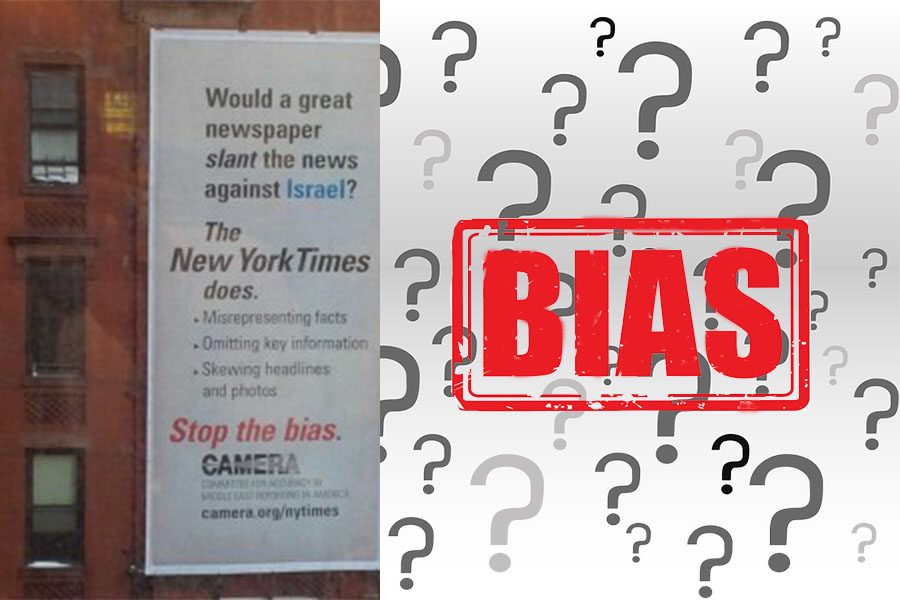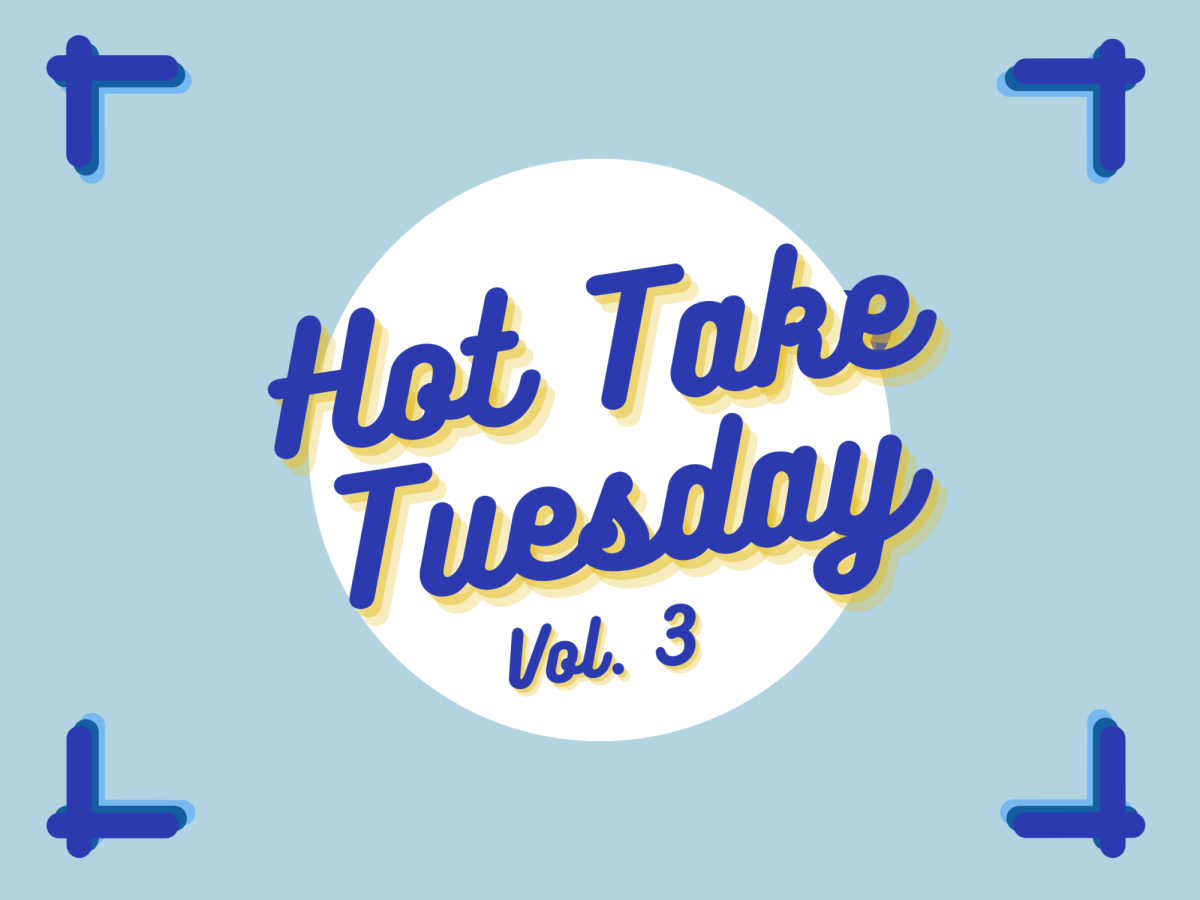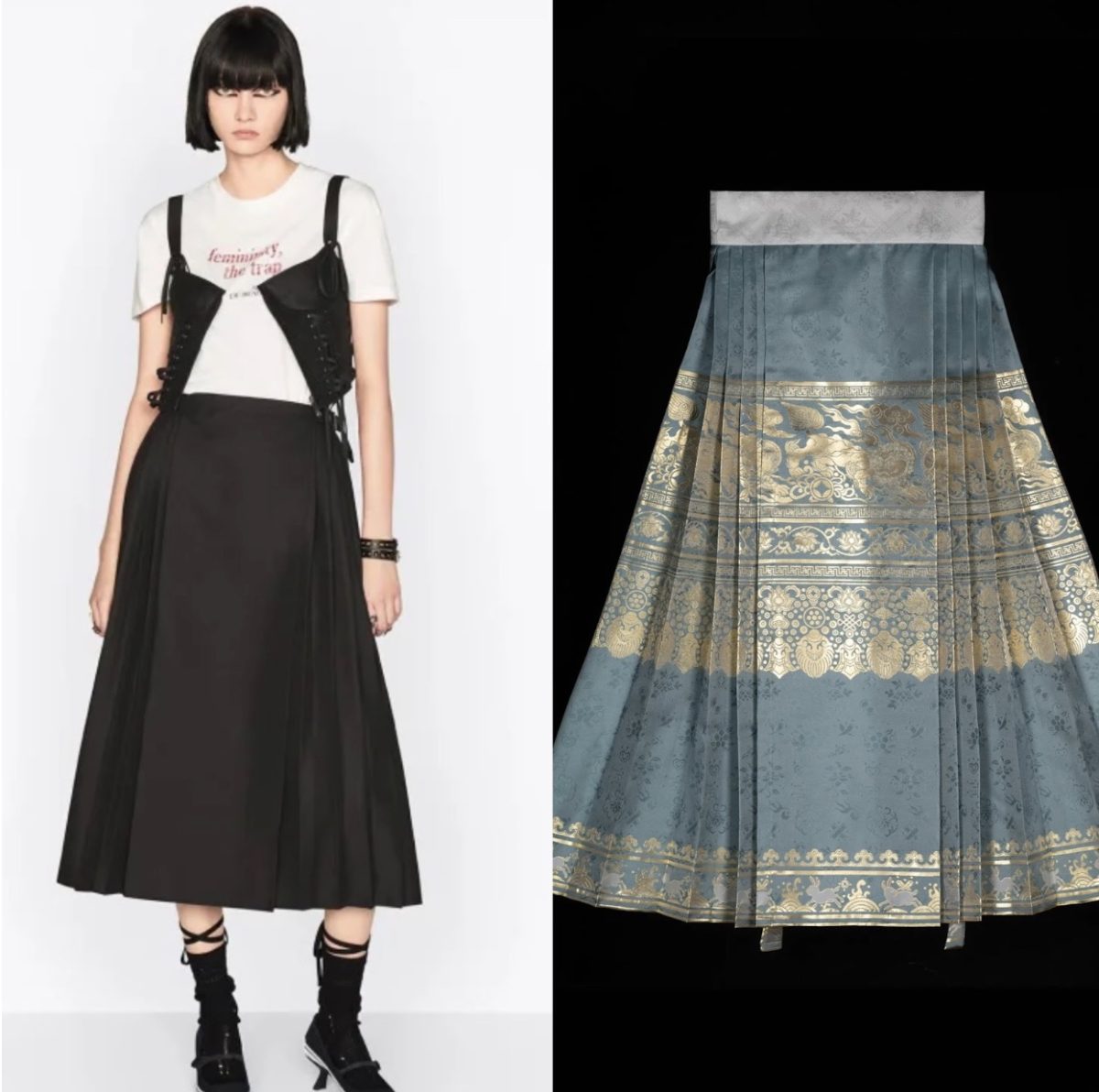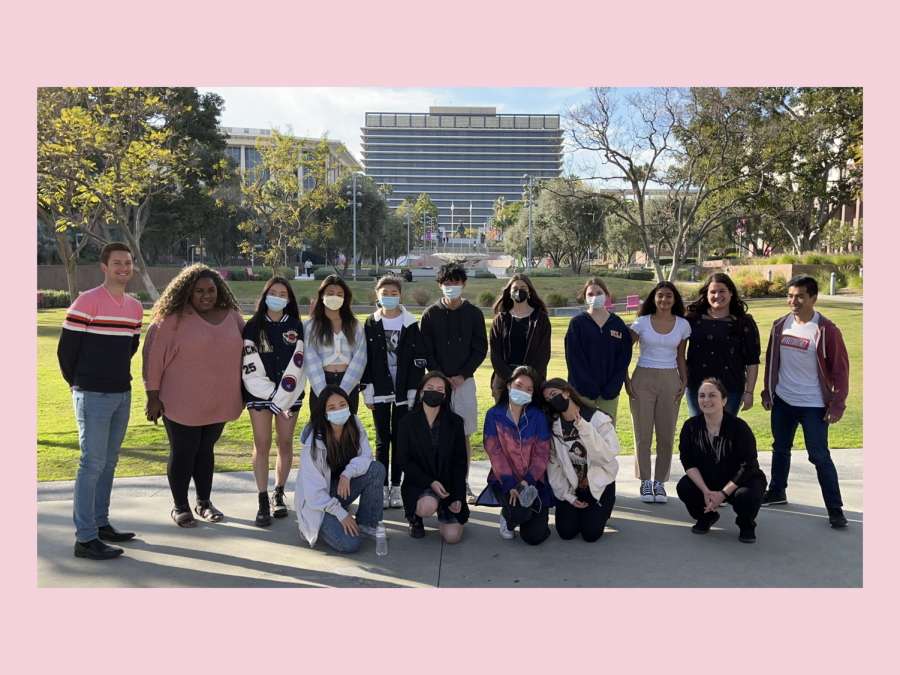Rather than throwing a sweet sixteen birthday party, I was given two tickets to a Broadway show in New York, and subsequently a three-day trip to the Big Apple. After an absolutely stunning performance of ‘Dear Evan Hansen,’ my mom and I decided to explore a common tourist destination, Ellen’s Stardust Diner. As we waited in the line that wrapped around the corner of the restaurant, we found ourselves face to face with the New York Times building.
Right next to the large glass building stands a stout red-brick building that stuck out further into the street than the New York Times. On the side of the building was a banner that read: “WOULD A GREAT NEWSPAPER SLANT THE NEWS AGAINST ISRAEL? STOP THE BIAS.” Since that day nearly four months ago, one question has remained constant. Is bias bad?
The bias of a news source has become an indicator of the quality of the news source, coinciding with the coining of ‘fake news’ and ‘alternative facts.’ A ‘biased source’ and an ‘unreliable source’ have become nearly synonymous, as if editorials and opinion pieces are automatically untrustworthy journalism. Even more so, it has divided news sources into the Democratic and Republican political parties.
For both parties, any bias that disagrees with their ideology is false information, whereas supportive bias is the truth. Fact and opinion are increasingly blurred as any fact or statistic is turned into a political ploy, and cold-hard facts are becoming a thing of myth.
A perfect example is the debate over climate change. Much of the argumentation in this discussion is the denial of facts. The facts are that carbon dioxide levels in the atmosphere are higher than they have ever been. Denying this fact at face value, which many climate change deniers do, brings the debate to a level of nonsensical argumentation where no fact exists.
Next I began to question, does an unbiased source exist? I believe that despite the intentions of the author to be either opinionated or straightforward, one’s opinions always seep through the writing. I realized this phenomenon myself when I attempted to write an unbiased paper on the history of the Second Amendment and its implications in modern America for my sophomore year Society and Idea classes. Every other sentence, I caught myself subconsciously inserting my own opinion.
So if no source is truly unbiased, how does one fully educate themselves on a subject? It is essential to cross reference a variety of sources on a spectrum of opinions in order to fully evaluate how one’s opinions fit within the range of different ideas. Even if it takes more time to explore more than one source, the information gathered is far more credible.
For example, when I wrote about the Second Amendment, I started by reading the facts: what does the Second Amendment say? Why is its place in society being debated? Who wrote the Second Amendment?
Then, I went into a series of biased sources to gather different points of views and arguments: Does the Second Amendment have a place in modern America? How much have times changed? How does each side view the Second Amendment?
In order to better understand bias, it is essential to stop using bias and unreliability synonymously. Bias is supporting an opinion with facts, whereas unreliability is making a claim with no supporting evidence, or lying about the facts. While the line between the two can be blurry, the most important takeaway is that bias has its place in journalism, and that opinion does not discredit fact.
A positive use of bias will present both sides and provide a series of facts and reasonings as to why they hold their opinions. An unreliable source will make assertions based solely on their own reasoning, and not utilize examples and evidence that gives their ideas a backing.
They will also use hyperbole and misrepresentations of the truth in order to make their opinion the ‘right’ opinion. Be careful of facts that are forced into a mold that they do not fit, and ideas stretched and manipulated from their original intentions.
So to the creator of the poster next to the New York Times building: I understand that you disagree with the side of the story being presented by the New York Times, but that does not make them an untrustworthy or malignant news source. Your sign itself shows that you hold your opinions as the truth, and anything else as false. Recognize the world as a place bigger than yourself.









Ann B Goscicki (Grannie) | Nov 27, 2018 at 8:19 AM
Wonderful! Well done!
Barbara Corbin | Nov 15, 2018 at 2:08 AM
Loved your essay!